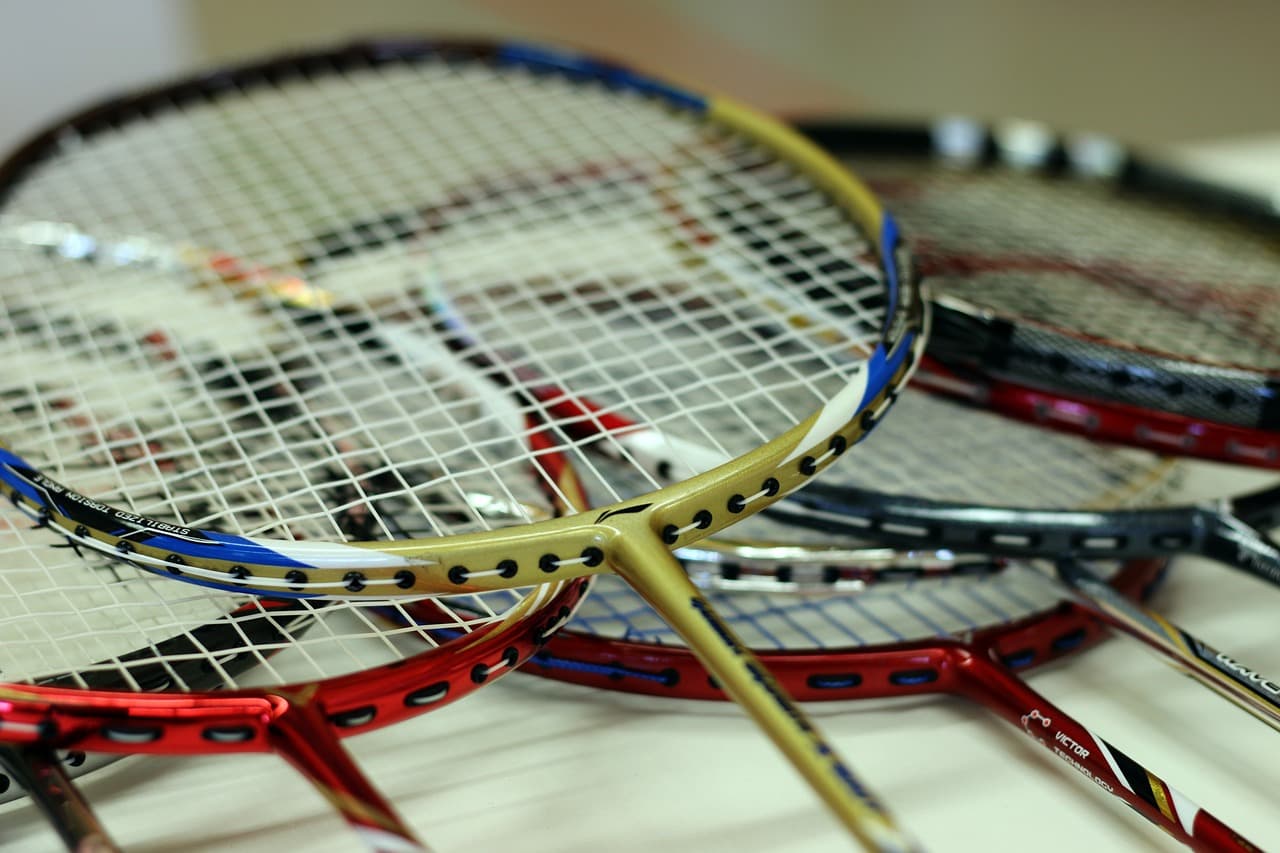In regions of Europe and Asia, badminton is a favorite sport among young people. A fast-paced encounter is just a lot of fun. However, one needs to be ready for it. The key to all the excitement is the badminton racket.
The Badminton World Federation (BWF) has designated the badminton racquet or racket as the sport’s official word. It is a lightweight, easy-to-handle object.
While badminton rackets come in a variety of sizes and lengths for children, adults, and recreational players, professional players must use rackets that meet specific requirements for length and width.
Let’s check the specifications set by the BWF.
The strung region, the head, the throat, the shaft, and the handle are the five main components of a badminton racket. A frame is a collective term for the racket.
The overall width of the frame is limited to 230mm, and its maximum length is 680mm.
Badminton Racket Stringed area
It goes without saying that the strung region refers to the netting portion of the badminton racket that the player will use to hit the shuttlecock.
The flat-stringed region and alternate interlacing of the cross-string pattern where they cross each other are requirements of the BWF rules.
It is recommended that the string pattern be consistent in appearance and not dense because more string results in less string tension throughout the strung area.
The string’s overall width must not exceed 220mm and its overall length must not be more than 280mm.
The head Badminton Racket
The “head” of the badminton racket refers to the region that surrounds the strung section.
Now, professional players typically employ oval-shaped heads because they desire their shots to have more force.
The “isometric head,” on the other hand, is a different shape where the racket is wider at the top.
The wider nature creates a larger “sweet spot”—the area of the racket that best contacts the shuttle—giving players more opportunities to smash the shuttle more accurately. However, amateur badminton players typically employ this rather than professionals.
The Throat
This component of the racket connects the head to the shaft and supports the head by acting as a stable base.
As some badminton rackets link the head and shaft directly, this component is optional.
The strung area of rackets without throats can be enlarged. The expanded limit, however, should make sure that the entire length of the strung area does not exceed 330mm and can have a maximum width of 35mm.
The shaft
The section of the badminton racket connecting the handle to the head or, in certain situations, the throat is called the shaft. The shaft’s length and width are not specified in any way.
The handle
The handle, which the player grips at the bottom of the racket, is undoubtedly the most crucial component. A player’s comfort level with the racket is frequently influenced by how easily they can hold the handle.
The technique of handling the racket of many best badminton players varies according to their style. But it is very important to carry the game.
It can also affect their performance that day if they are a professional player. The handle’s length and width are up to the individual player; there are no set measurements.

